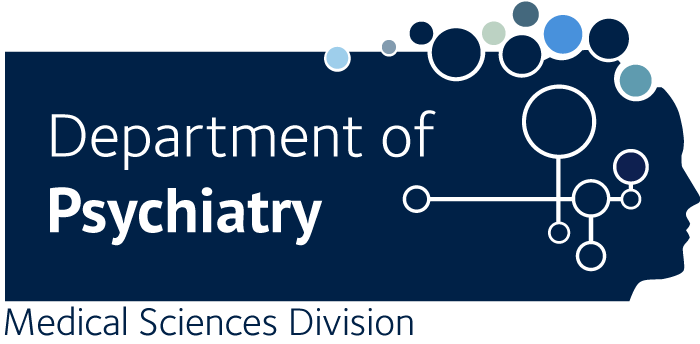Psychosis Polyrisk score (PPS) for the detection of individuals at-risk and the prediction of their outcomes
Oliver D., Radua J., Reichenberg A., Uher R., Fusar-Poli P.
Primary prevention in individuals at Clinical High Risk for psychosis (CHR-P) can ameliorate the course of psychotic disorders. Further advancements of knowledge have been slowed by the standstill of the field, which is mostly attributed to its epidemiological weakness. The latter, in turn, underlies the limited identification power of at-risk individuals and the relatively modest ability of CHR-P interviews to rule-in a state of risk for psychosis. In the first part, this perspective review discusses these limitations and traces a new approach to overcome them. Theoretical concepts to support a Psychosis Polyrisk Score (PPS) integrating genetic and non-genetic risk and protective factors for psychosis are presented. The PPS hinges on recent findings indicating that risk enrichment in CHR-P samples is accounted for by the accumulation of non-genetic factors such as: parental and sociodemographic risk factors, perinatal risk factors, later risk factors, and antecedents. In the second part of this perspective review we present a prototype of a PPS encompassing core predictors beyond genetics. The PPS prototype may be piloted in the next generation of CHR-P research and combined with genetic information to refine the detection of individuals at-risk of psychosis and the prediction of their outcomes, and ultimately advance clinical research in this field.

